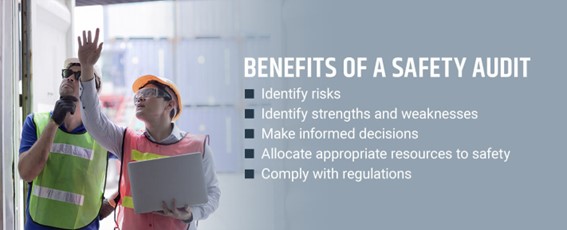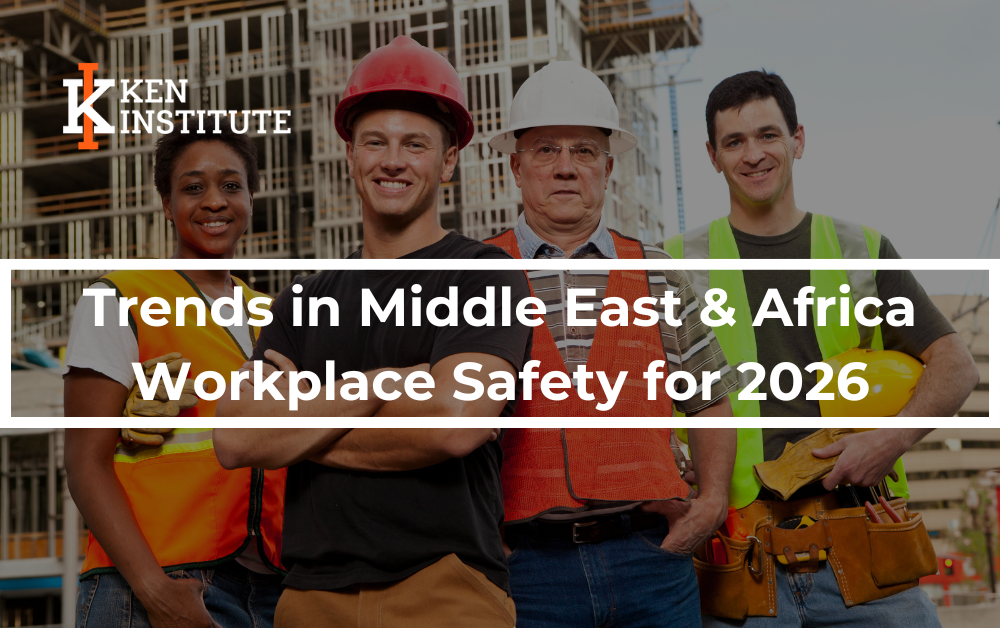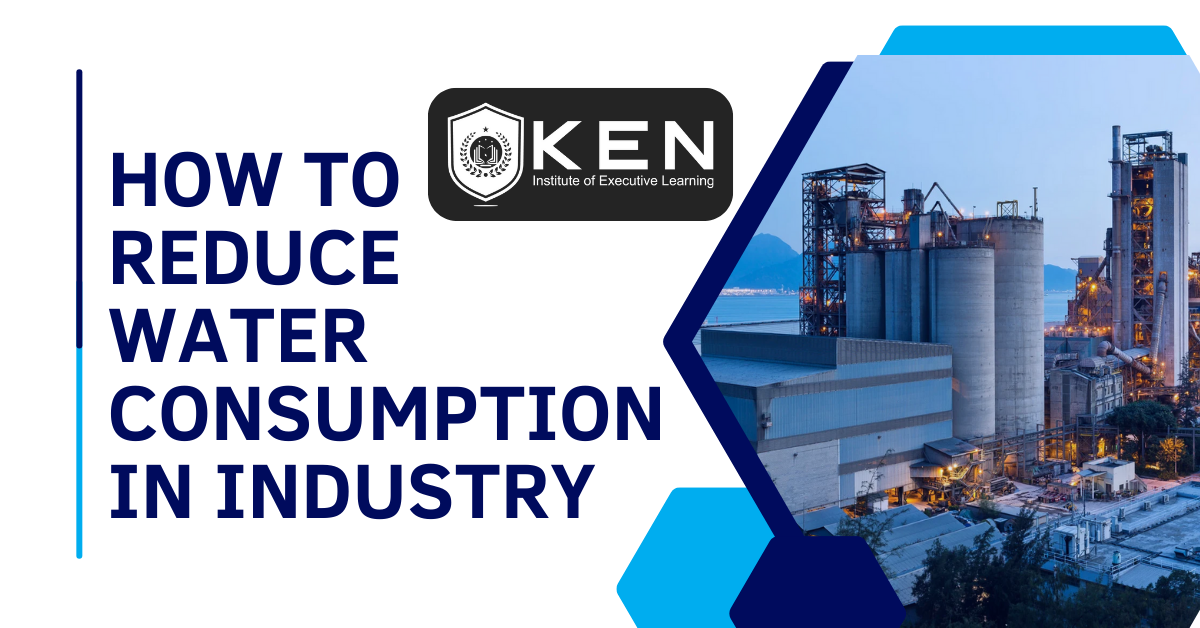There are many reasons why Workplace Hazard Control and Safety Audits are important. The Health and Safety Executive recommends that all organisations undertake health and safety audits. Audits reveal how well Hazard Control processes are working and where improvements need to be made. An audit can look at the whole management system or focus on specific areas.
What are Workplace Hazard Control and Safety Audits
Safety audits are systematic, independent, and documented evaluations of how well an organization is following its safety policies and procedures.
Types include:
- Internal Audits: Conducted by in-house staff
- External Audits: Conducted by third parties
- Compliance Audits: Check adherence to laws and standards
- System Audits: Evaluate the entire HSE management system

The Benefits of Workplace Hazard Control and Safety Audits for Organisations
1. Supports Compliance
Regular health and safety audits help ensure your workplace complies with relevant laws, regulations, and industry standards. An audit assesses your organisation’s health and safety practices, policies, and procedures against regulatory standards, identifying areas of non-compliance and potential gaps. Regular follow-up audits help to assess the effectiveness of implemented control measures, identify any new compliance issues, and track progress towards achieving compliance goals.
A plan is then developed which prioritises actions and the measures needed to comply with specific regulations.
2. Protects Employees’ Safety
Workplace Hazard Control and Safety Audit is a comprehensive assessment of an organisation’s commitment to protecting the health and safety of employees.
Image Source: greenwgroup
The audit may evaluate:
- Senior management’s commitment to health and safety. A strong commitment from senior management sets the tone for the entire organisation, signalling that safety is paramount and encouraging compliance at all levels.
- Identification of hazards and risks. Assessing how effectively the organisation identifies and evaluates potential hazards based on the level of risk.
- Implementation of risk control measures. Examining the measures implemented by the organisation to eliminate or mitigate identified risks.
- PPE provision. Reviewing whether employees have access to the PPE they need to protect themselves from workplace hazards. This includes evaluating the availability and maintenance of PPE and employee training on proper use.
- Employee competence and training. Examining the organisation’s processes for assessing and maintaining employee competence in health and safety. This involves reviewing training programs, competency assessments and refresher courses to ensure employees have the knowledge and skills to do their jobs safely.
- Safe systems of work. Assessing the effectiveness of safe systems of work, including standard operating procedures and work instructions. Evaluating whether employees understand and follow these systems.
- Emergency preparedness. Finding out whether the organisation is prepared for emergencies such as fires, chemical spills, and medical emergencies. This includes evaluating emergency response plans, evacuation procedures, training drills and the availability of emergency equipment and resources.
3. Prioritises Resources
Workplace Hazard Control and Safety Audit provides a structured review of an organisation’s procedures and processes. By identifying priority areas for improvements, your organisation can allocate capital where it will make the most difference, so money is not wasted making unnecessary changes.
4. Helps Boost Productivity
Employees feel more valued when they know their organisation prioritises their health and safety. Conducting audits demonstrates a commitment to their wellbeing, leading to improved morale and higher job satisfaction. High employee morale has been shown to boost productivity. Workplace safety is a significant factor in employee satisfaction and retention. Reduced turnover means less time and resources spent on recruiting, hiring, and training new employees which contributes to improved productivity.
A safer workplace also results in reduced absenteeism through workplace injuries, illnesses, and accidents. Workplace injuries and ill health costs employers billions of dollars every year, so effective health and safety measures are vital.

5. Reduces Incident Costs
Accidents can entail significant expenses such as medical treatment, compensation, legal fees, and damage repair as well as the unquantifiable cost of reputational damage. Improved procedures resulting from audit recommendations can lead to fewer workplace accidents. This reduction in accidents minimises human suffering and the associated financial costs.
By supporting legal compliance, a Workplace Hazard Control and Safety Audit also reduces the likelihood that an organisation will incur fines and court costs.
6. Safeguards Reputation
Conducting regular health and safety audits demonstrates a commitment to health and safety which helps to build brand trust and credibility. This strengthens relationships with employees, customers, suppliers, investors, and regulatory authorities. In a competitive marketplace, a strong health and safety record can be a valuable differentiator, contributing to an organisation’s long-term sustainability. When pitching business to new clients, health and safety audits and related documents support an organisation’s reputation as a responsible partner.
Most of the executives believe health and safety significantly impacts their organisation’s brand image. Preventable accidents can seriously harm an organisation’s hard-earned reputation and brand equity.
7. Increases Employee Engagement
Encouraging employees to participate in audits empowers them to take ownership of their safety and the safety of their colleagues. It also increases the effectiveness of the audit by bringing valuable insights from those who are most familiar with day-to-day operations and potential hazards. When employees feel that their opinions and concerns are heard and respected, they are more likely to participate in safety activities and adhere to safety protocols. This increased participation and awareness leads to a safer work environment, reducing accidents and injuries.
The goal of involving employees in health and safety audits is to cultivate a positive safety culture. This is characterised by a shared commitment to safety, open communication about safety concerns, and a proactive approach to identifying and mitigating risks.
Integrating Hazard Control with Audits
- Workplace Hazard Control and Safety Audits should evaluate the effectiveness of hazard control measures.
- Use findings from audits to update risk assessments and safety procedures.
- Track corrective actions and verify implementation.

Image Source: highradius.com
Summary
Workplace hazards can lead to serious injuries, fatalities, environmental damage, and legal consequences. Controlling these hazards and conducting regular Workplace Hazard Control and Safety Audits are critical for ensuring a safe, healthy, and compliant work environment. Employers have a legal and moral responsibility to ensure that their workplace does not pose any threat to workers, visitors, or the environment. Accidents and occupational illnesses not only impact human lives but also disrupt operations, lower morale, and lead to financial loss through compensation, fines, and damaged reputation.
References:
Join KEN INSTITUTE OF EXECUTIVE LEARNING to educate, inform, and inspire both employees and employers about the best practices in occupational health and safety. We believe that every workplace injury or illness is preventable, and through education and awareness, we can make a difference.
Connect now and take the next step toward professional excellence!
Get in touch with us at: info@keninstitute.com
Visit our website: www.keninstitute.com
Call us on +917569034271
Let’s connect together on: Facebook, YouTube, LinkedIn, and Instagram.

